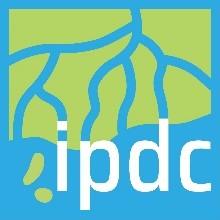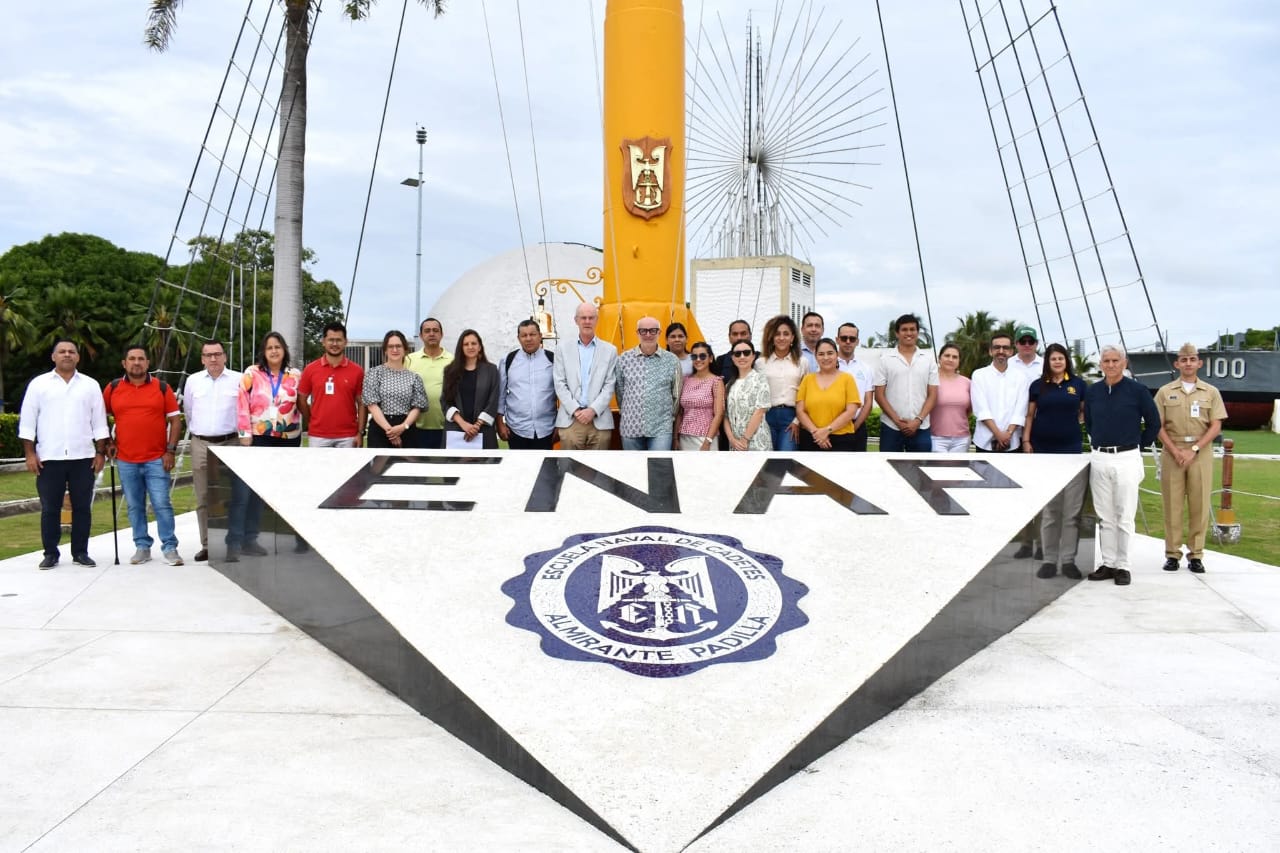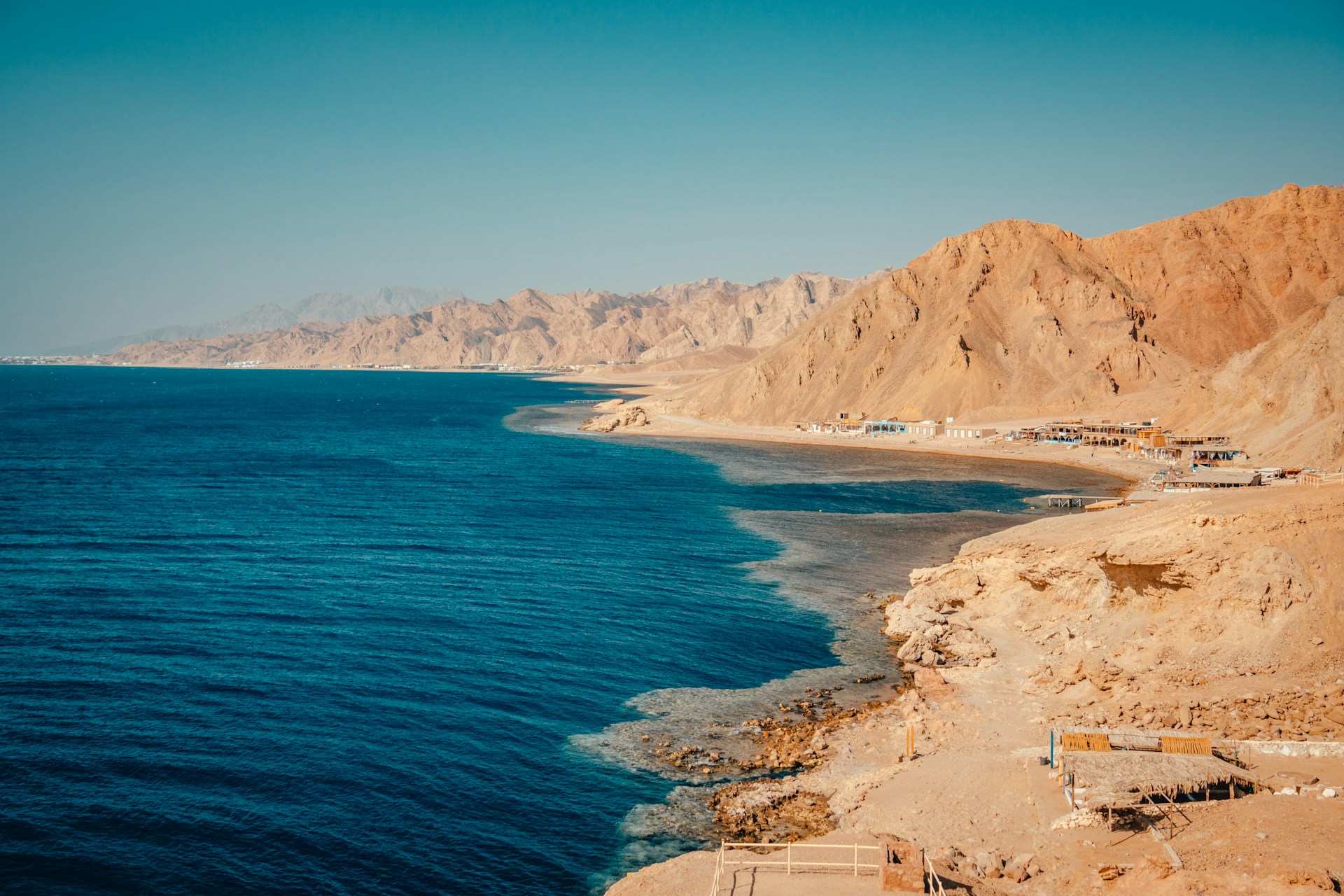What methods can be used to assess the root causes of coastal erosion and ecosystem degradation before the implementation of Nature-based Solutions (NbS)? How can we make use of abiotic conditions for the successful implementation of NbS, and monitor for long-term robustness of NbS measures after their implementation? An IPDC online session explored these issues, including challenges and best practice illustrated with several case studies from Colombia, Guyana, Surinam, and Egypt.
Case study Colombia: marine-coastal adaptation
What prospects does Colombia have for strengthening environmental risk management in coastal and island areas? The country is facing an increase in both the intensity and the frequency of tropical cyclones, as well as sea-level rise. These, along with coastal erosion, are major threats to the Colombian coastline and affect around 150 locations.
During the session, representatives from Colombia’s Ministry of Environment and Sustainable Development shared main gaps and priorities, including a lack of knowledge about climate change impacts and pressures and a comprehensive strategy to combat coastal erosion, including monitoring of the coastline.
NbS are being implemented in the affected areas, including through mangrove restoration, beach revegetation, and local vessel transit agreements. In implementing these, Colombia has learned several lessons, but also discovered ongoing challenges.
Lessons learned: local context is key
When implementing NbS, knowledge of local system dynamics is essential; approaches should integrate multiple adaptation measures, and NBS should be linked to livelihoods and entrepreneurship opportunities. Scientific insights should be combined with local approaches.
Information on what the measures will entail needs to be clear from the outset, and initiatives need to be carried within communities. This also includes ensuring actors are diverse, taking into account social mapping, and ensuring contingency plans are in place. Finally, indigenous territories and populations need to be considered as well, including ensuring there are sufficient local interpreters.
Case study Suriname and Guyana: mangrove habitat recovery using abiotic conditions
Mangroves are an essential part of the Surinamese ecosystem. More than 1,500 plant and animal species depend on them, and they provide many ecosystem services like carbon sequestration and coastal protection. However, mangroves are being lost at an alarming pace and restoration attempts often fail.
But how can we restore these mangroves? Simply planting them doesn’t work; rather, ecological mangrove restoration methods should be applied. These use local system dynamics to create suitable abiotic conditions for natural habitat restoration.
This has been done in four case studies along the coast of Guyana and Suriname. In one case study, placing geotube groynes along the coast created a suitable habitat for mangroves. This resulted in a wide mangrove forest along the coastline.

Enabling conditions
As part of these case studies, the Ecoshape programme has developed six enabling conditions for the successful implementation of NbS. These include:
- Ensuring the right technology and systems knowledge
- Stakeholder engagement, including governmental authorities NGOs, and knowledge partners
- Management, maintenance, and monitoring to account for the dynamic nature of NbS
- Institutional embedding of NbS so that they fit into long-term strategies and spatial planning
- A business case that sets out why benefits outweigh costs, to bring on board decision-makers and investors
- Capacity strengthening by encouraging knowledge exchange with local professionals.
Lessons learned
Mangrove restoration across Surinam and Guyana have showed the importance of systems understanding. Solutions must be tailor-made and site specific. There is no ‘one size fits all’ approach, and solutions cannot be seamlessly copied elsewhere. Furthermore, abiotic conditions are crucial to determining the success of mangrove restoration.
Case study Egypt: Nature-Based Solutions for coastal protection
Egypt has also successfully implemented NbS for coastal protection. Despite strong initial scepticism, NbS have now been implemented at a large scale.
To do so, local communities were consulted, who had created solutions to capturing and trapping sand that has been blown by the wind to create coastal protection on a very small scale. These findings were tested and scaled up by a team of researchers and practitioners. A successful pilot was held in Kafr Elsheikh, where they tested the dune-forming capacities of wooden fences.

Testing the dune-forming capacities of wooden fences in Kafr Elsheikh.
The successful pilots were then scaled up in the Enhancing Climate Change Adaptation in the North Coast and Nile Delta Regions in Egypt project (ECCADP). These were aimed at protecting people, properties, and infrastructure in vulnerable hotspots in the Nile Delta using nature-based adaptation measures.
The project spans across one third of the Nile Delta coastline and protects 750,000 inhabitants. Additionally, it generates local jobs. The structures have proved effective against the first flooding events. A second component of the project is to develop an Integrated Coastal Zone Management (ICZM) plan for the entire northern Egyptian coast. This process is ongoing.
Lessons learned
Egypt has made great strides when it comes to climate change adaptation by implementing NbS along the country’s northern coast. Local knowledge was vital in designing and implementing these solutions, and remains so to successfully continue ongoing steps.
Speakers
A huge thank you to our speakers:
- Marta Faneca Sànchez, Senior Hydrologist at Deltares and IPDC Country Coordinator Colombia (Moderator)
- Jorge Augusto Acosta Rivera, Colombian Ministry of Environment and Sustainable Development, Colombia
- Mary Luz Cañon Paez, Colombian Ministry of Environment and Sustainable Development, Colombia
- Omar Alfonso Sierra Rozo, Ministry of Environment and Sustainable Development, Colombia
- Dr. Mohamed Ahmed Ali, Executive Project Manager at Egypt’s ECCADP Project
- Bob Smits, Adviser Nature-Based Solutions, Deltares
Presentations
Check out the speakers’ presenations



